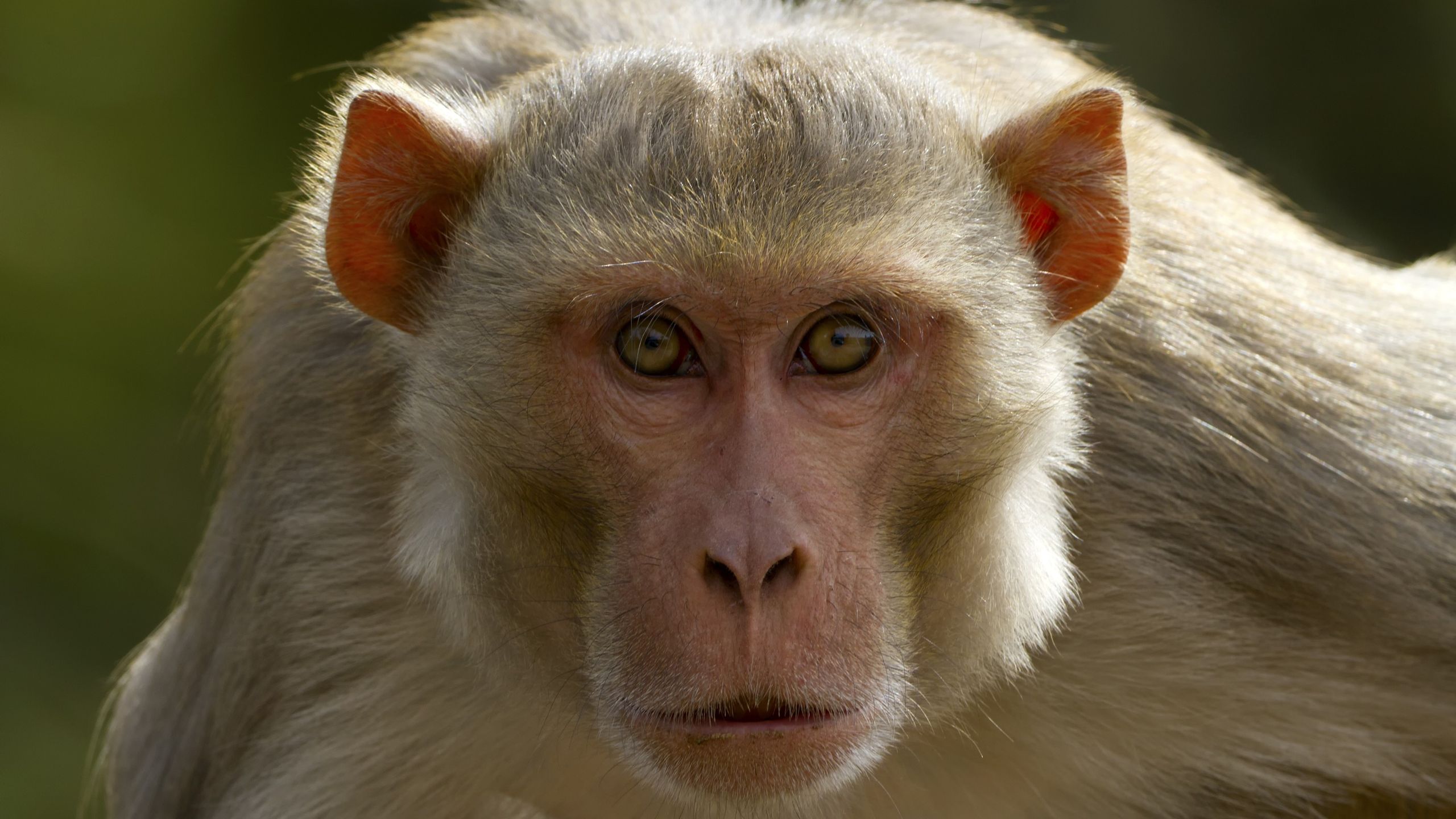Lab monkeys initially thought to be carrying a range of diseases have escaped from a truck in Mississippi following a crash — prompting law enforcement officers to kill a number of the animals. However, it’s still unclear just how dangerous they are.
The truck, which was carrying rhesus macaques (Macaca mulatta) from Tulane University, overturned in Jasper County on Tuesday (Oct. 28), with several monkeys breaking loose — although the exact numbers have yet to be reported.
“The primates in question belong to another entity & aren’t infectious,” Tulane University wrote in a post on X on Tuesday. “We’re actively collaborating with local authorities & will send a team of animal care experts to assist as needed.”
Following Tulane University’s statement, the sheriff’s department clarified that the driver of the truck had told law enforcement that the monkeys were dangerous.
“The driver of the truck told local law enforcement that the monkeys were dangerous and posed a threat to humans,” Jasper County Sheriff’s Department wrote in a post on Facebook. “We took the the appropriate actions after being given that information from the person transporting the monkeys. He [the driver] also stated that you had [to] wear PPE equipment to handle the monkeys.”
Sheriff Randy Johnson has since said that the monkeys still needed to be “neutralized” because of their aggressive nature, the Associated Press reported on Wednesday (Oct. 29).
Are rhesus macaques dangerous?
Rhesus macaques are medium-sized monkeys, and they could pose a threat to humans if they decided to attack. However, it’s unclear whether the escapees were likely to do that.
The sheriff’s department wrote on Facebook that the escaped monkeys each weighed approximately 40 pounds (18 kilograms). This would be exceptionally large for a rhesus macaque and is likely an overestimate, unless the individuals were overweight. Male rhesus macaques, which are larger than females, typically weigh about 17 pounds (7.7 kg), according to the University of Wisconsin–Madison’s Wisconsin National Primate Research Center, while the New England Primate Conservancy states that this species can weigh up to 22 pounds (10 kg).
Aggression is a natural part of macaque behavior, and while they don’t normally direct it at humans, they regularly scrap among themselves. The New England Primate Conservancy states that fights between monkeys can be frenzied and violent, with rhesus macaques aiming for the eyes, face, limbs and genitals in order to maim or kill their opponents.
In other words, rhesus macaques can be dangerous if they want to be. Although they also have a range of peaceful behaviors, such as grooming.
Rhesus macaques have the widest geographic distribution of any non-human primate and can frequently be found living in close proximity to humans across their native range of Asia. They are often considered pests because of their penchant for stealing our food. Macaque species do occasionally bite or attack people, but this is a consequence of them becoming too habituated to humans in our expanding urban environments and losing their natural fear of people.
Macaques in labs, like the ones that escaped in Mississippi, have historically had a reputation for being aggressive, but experts have also argued that this aggression can be brought on by poor husbandry and handling practices. Lab monkeys are sometimes hand-reared by humans, which can lead to a range of abnormal behaviors not typically seen in the wild or in captive monkeys raised by other monkeys, such as self-biting and more aggression toward humans. Each individual monkey also has its own personality. And captive monkeys can have relatively calm and gentle demeanors.
There aren’t any reports of the escaped monkeys attacking humans before they were killed. Tulane University has also said that the monkeys had “not been exposed to any infectious agent,” the Guardian reported.
There are still a lot of unknowns surrounding the monkeys, including who owned them, who was transporting them, where they were heading, and for what purpose they were being used, according to the Associated Press.
Lab monkeys
Rhesus macaques are the most common monkeys used for testing in labs. Experimenting on these monkeys can be extremely valuable to scientific research and has led to a plethora of breakthroughs, including the development of various vaccines, including mRNA vaccines against COVID-19.
The use of monkeys in labs is also controversial. For example, in 2023, hundreds of scientists called for an end to “cruel” monkey experiments at Harvard Medical School and elsewhere. These included visual recognition studies in which juvenile monkeys had their eyes sewn shut for their first year.
Macaques on the run
This isn’t the first time lab monkeys have escaped. For example, in 2020, a group of macaques reportedly escaped from a lab in India and took several COVID-19 blood test samples after attacking a lab assistant, Sky News reported. More recently, 43 monkeys escaped from a lab in South Carolina and went on the run, the Associated Press reported.
The descendants of escaped rhesus macaques are also living in the Silver Springs State Park in Florida. In the 1930s, a commercial river boat captain put six macaques on an island as a tourism ploy, not realizing that rhesus macaques can swim. The monkeys soon left the island and spread along the river.
